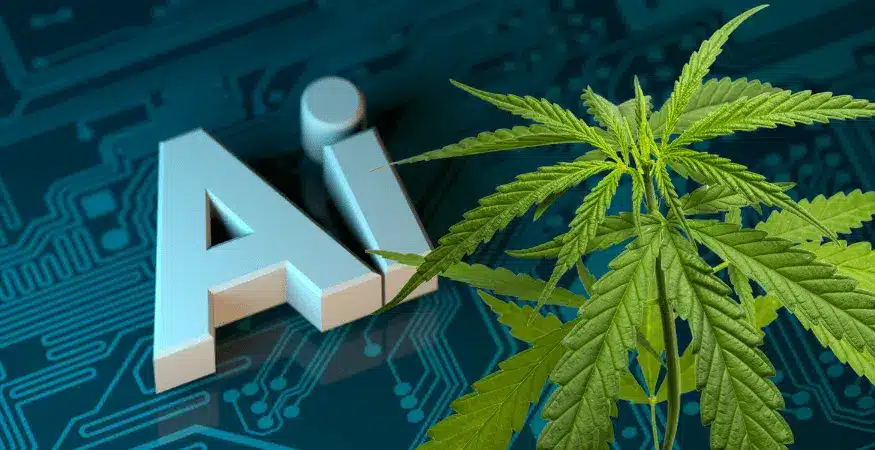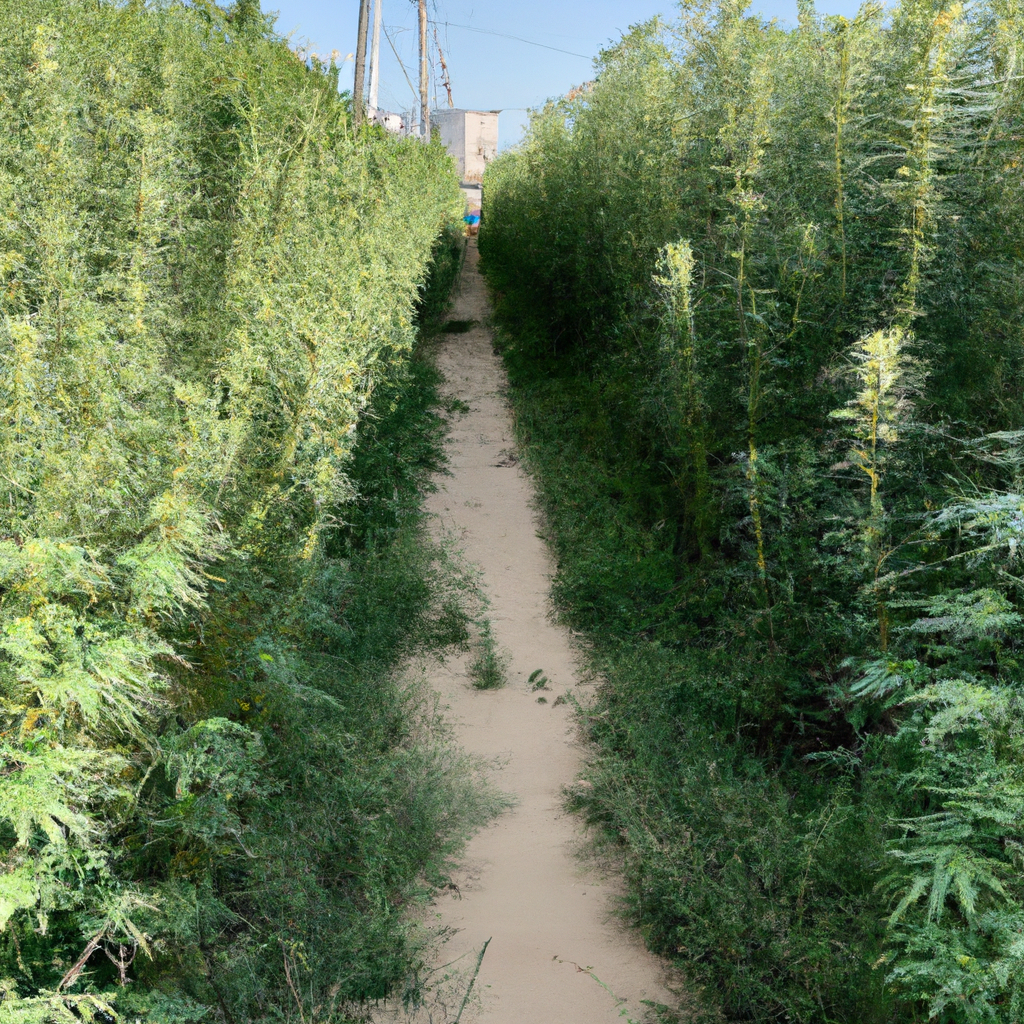Year: 2024
-

GreenWeaver AI: Frequently Asked Questions
—
by
in Applications, Education, Empowerment, Clean, Development, Business, Dynamics, Economy, Change, FutureQuestion: How will GreenWeaver AI’s sustainability focus help businesses in the hemp industry make more environmentally responsible decisions? #GreenWeaver #SustainableHemp #HempIndustry Here’s how GreenWeaver AI’s sustainability focus can help businesses […]
-

The Hemp Nation Group Unveils : GreenWeaver, A Multi-Platform AI Powerhouse for the Hemp & Cannabis Industry
—
by
The Hemp Nation Group Unveils : GreenWeaver, A Multi-Platform AI Powerhouse for the Hemp & Cannabis Industry Antwerp, Belgium – 2024/04/26 – The Hemp Nation Group (HNG) disrupts the hemp and […]
-

Hemp Nation Group Announces Development of Groundbreaking Hemp & Cannabis AI Platform – GreenWeaver AI
—
by
Hemp Nation Group Announces Development of Groundbreaking Hemp & Cannabis AI Platform – GreenWeaver AI Antwerp, Belgium – [20240426] FUTURE TECHNOLOGY – The Hemp Nation Group (HNG), a leader in […]
-

Project Design: Implementing Hemp Corridors in Rural Landscapes – by The Hemp Nation Group🍀
Project Design: Implementing Hemp Corridors in Rural Landscapes – by The Hemp Nation Group | portal.hempnation.one Project Overview: This project outlines the implementation of Hemp Corridors in rural landscapes. These […]
-

How does the rootsystem of hemp behave when planted as industrial hemp? Can it help to regulate and absorb too much water?
Yes, the root system of industrial hemp plays a significant role in regulating and absorbing excess water, contributing to soil health and potentially mitigating flood risks. Here’s how: Deep Root […]
-

Hemp: A Locally Sourced, Vertically Integrated Powerhouse for a Sustainable Future
—
by
Hemp: A Locally Sourced, Vertically Integrated Powerhouse for a Sustainable Future Industrial hemp, a versatile and eco-friendly plant, is poised for a renaissance. This resurgence is fueled not just by […]

